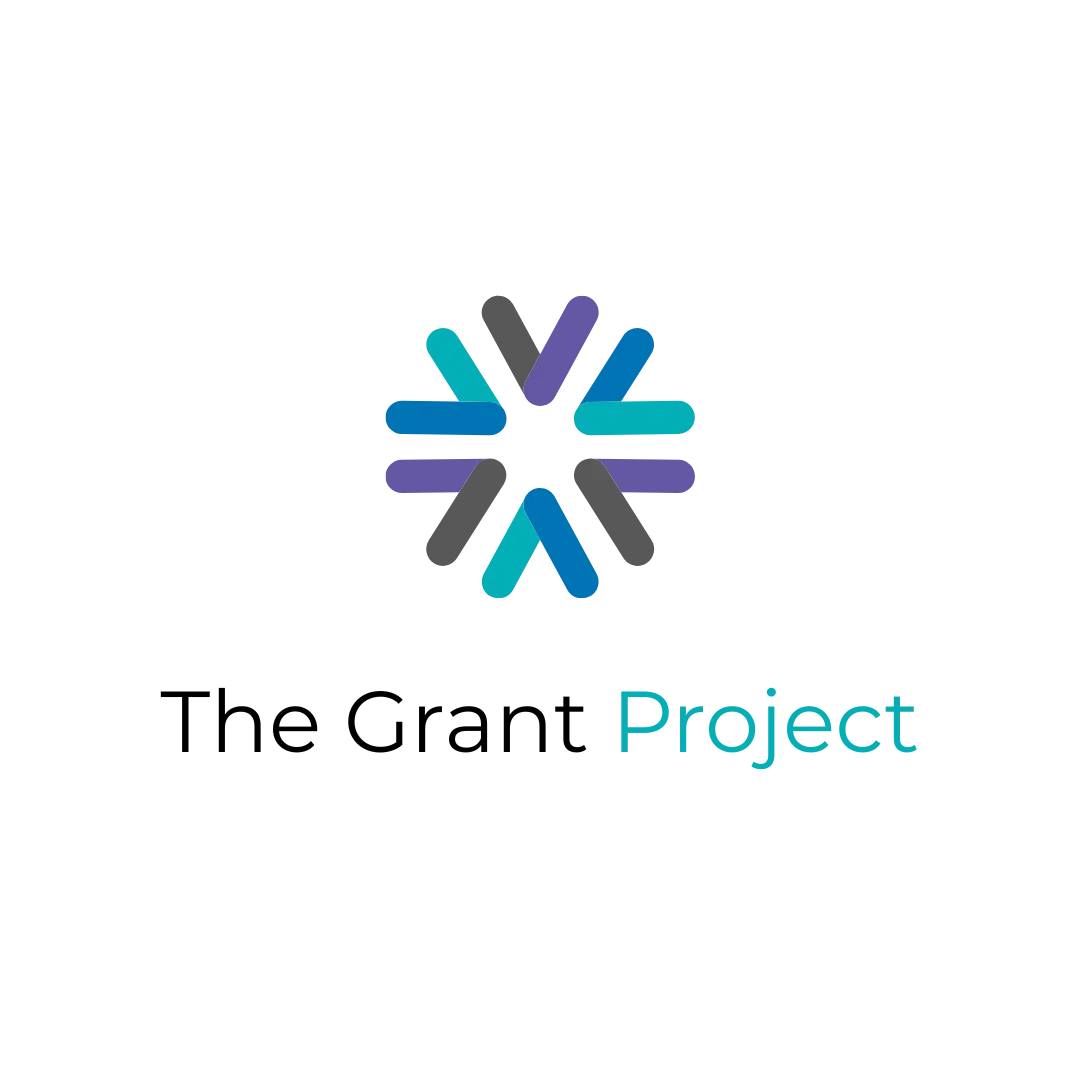
7 Quick Strategies To Build A Resilient, Diverse Grant Portfolio
7 Quick Strategies to Build A Resilient, Diverse Grant Portfolio
The federal funding landscape has shifted and 2025 made it unmistakably clear that a diversified funding portfolio is essential.
"In 2025, 690 federal grant programs were canceled, resulting in a $19 billion reduction—over 40% of the current federal grant market. Sectors hit hardest include health, science, education, and international development. (Source: grantExec.com)"
"NIH funded 37% fewer neuroscience-related grants in 2025 than average, and new White House policies shifted major grants to single lump-sum awards, dropping overall success rates below 10%. (Source: thetransmitter.org, science.org)"
"Some programs, like DEI and clean energy, saw targeted freezes and rapid policy reviews, while other sectors face uncertainty around timelines and eligibility as agencies rethink their portfolios. (Source: grantsoffice.com)"
You still have options. Smart teams are adapting by diversifying funding, strengthening systems, and staying ready for the right opportunities. You can’t control every policy choice, but you can control your strategy. Action beats anxiety every time.
This guide is designed for both nonprofits and local governments. For each strategy, look for clearly marked tips—For Nonprofits and For Local Governments—so you can take the next right step for your team.
Strategy #1: Cast a Wider Federal Net
Just because one federal program tightens doesn’t mean others do. You can often adapt a core proposal across multiple agencies and programs (always follow each program’s rules about duplicate or overlapping submissions).
Your action steps:
Map out all federal agencies that might have interest in your work
Tailor your messaging to each agency's specific priorities
Create a master application that can be adapted for different federal opportunities
Set up alerts on Grants.gov for multiple agency announcements or from the Agency list serve directly
For Nonprofits:
Identify multiple program offices that care about your outcomes (e.g., HHS/ACF, USDA Rural Development, DOJ/OVW, ED/OESE).
Build a reusable evidence and outcomes document you can right-size for different opportunities.
Track notice types beyond NOFOs (e.g., cooperative agreements, contracts) that may fit your service delivery.
For Local Governments:
Track both formula and discretionary opportunities; coordinate with state administering agencies for pass-through funds.
Pre-qualify for common requirements (UEI/SAM.gov, single audit readiness, Title VI, procurement).
Explore multi-jurisdictional or regional applications with neighboring jurisdictions or MPOs to strengthen competitiveness.
This approach maximizes your chances while you've already invested the effort in developing a strong proposal. Different agencies often have overlapping interests but distinct priorities, giving you multiple shots at federal funding.
Strategy #2: Build Your Rapid Response Team
New opportunities often move fast—with updated conditions and tight timelines. Organizations that can mobilize quickly have a real advantage.
Create your rapid response capability by:
Designating specific staff for quick-turnaround grant applications
Building a content library with ready-to-use organizational materials
Developing template budgets for common project types
Establishing partnerships with freelance grant writers for surge capacity
For Nonprofits:
Pre-pack board-approved language for mission, programs, and fiscal policies; keep signatures and letters of support current.
Maintain a “proof of impact” folder (data snapshots, outcomes, quotes, photos with releases) to drop into proposals.
Line up at least two references and one fiscal sponsor/partner option for collaborative applications.
For Local Governments:
Prepare pre-approved legal, procurement, and risk language; align application timing with council/commission calendars.
Designate a grants lead to coordinate cross-department reviews (finance, legal, public works, planning).
Keep UEI/SAM.gov docs, single-audit reports, and match source letters prepped for quick attachment.
Keep your organizational history, staff bios, evaluation frameworks, and budget templates updated and ready to go. When a great opportunity drops with a two-week deadline, you'll be prepared while others are scrambling.
Strategy #3: Activate Alternate Funding Paths
Different organizations need different non-federal avenues. Choose the path that fits your role and strengths.
For Nonprofits: Foundations and Donor-Advised Funds (DAFs)
Research foundations aligned with your mission using tools like Foundation Directory Online.
Build relationships before you need them (attend foundation events, follow their work).
Craft compelling case statements that show impact rather than just need.
Consider smaller, local foundations that might be overlooked by larger organizations.
Engage DAF donors through your board, major donor circles, and community foundations; offer clear, fundable projects and quick reporting.
Remember, more than $250 billion is currently sitting in Donor-Advised Funds, already set aside for charitable giving. These donors are actively looking for meaningful ways to make an impact.
For Local Governments: Partnerships and Public-Private Partnerships (PPPs)
Partner with local nonprofits to deliver services, expand reach, and avoid duplicating efforts—shared applications and subawards can increase competitiveness.
Use MOUs/MOAs to define roles, outcomes, data sharing, and reimbursement to keep partnerships smooth.
Explore PPPs to drive community and economic development, housing, and industrial growth (e.g., site readiness, infrastructure, broadband, mixed-use housing).
Engage chambers, CDFIs, developers, and anchor institutions early; align projects with comp plans and capital improvement plans.
Strategy #4: Rediscover State and Local Opportunities
State and local governments often increase their grant programs when federal funding decreases. These funding sources can provide more immediate access and may favor local organizations that understand community needs.
Your state and local strategy should include:
Connecting with your state's grant-making offices
Building relationships with city and county officials
Attending local government meetings to understand priorities
Partnering with other local organizations for collaborative applications
For Nonprofits:
Track pass-through funds from your state that support your services (e.g., behavioral health, workforce, housing).
Build relationships with county and city staff who administer competitive local funds or ARPA-style allocations.
Bring data and stories that show local impact—local reviewers respond to place-based results.
For Local Governments:
Coordinate across departments to align with statewide priorities in transportation, resilience, housing, and economic development.
Monitor state-authorized incentive programs (e.g., site development, main street, brownfields) and leverage them as match.
Work with regional planning agencies/MPOs and state administering agencies to time applications and bundle projects.
State and local grants often have shorter application periods and faster decision timelines. Plus, you might already have relationships with local decision-makers: leverage those connections.
Strategy #5: Turn Transparency into Trust (and Funding)
Open, steady communication builds confidence. Share how you’re adapting and what support will unlock the most impact—without dwelling on risk.
Build donor confidence through:
Regular updates on your funding landscape and organizational response
Clear communication about how donors' contributions make a difference
Transparency about challenges without creating panic
Offering multiple ways to give (cash, stocks, Donor-Advised Funds, IRA distributions)
For Nonprofits:
Publish short impact notes and quick wins; show what a $10k, $50k, or $100k grant will do in 6–12 months.
Invite funders and DAF advisors to site visits or virtual briefings with program leads.
For Local Governments:
Brief councils/commissions and the public with simple dashboards and timelines for grant pursuits and projects.
Highlight how partnerships prevent duplication and extend services; show ROI (jobs, units built, sites prepared).
When donors and stakeholders understand you're being proactive rather than reactive, they're more likely to increase their support. This approach can transform uncertainty into opportunity for deeper relationships.
Strategy #6: Think Long-Term
Different paths create long-term stability depending on your role.
For Nonprofits: Planned Giving
Planned giving remains one of the most stable and predictable revenue sources available. As the largest transfer of wealth in history unfolds over the next two decades, organizations with strong planned giving programs will have significant advantages.
Train staff to have comfortable conversations about legacy giving.
Create simple materials that explain planned giving options.
Partner with financial advisors and estate planning attorneys.
Recognize planned gift commitments publicly (with donor permission).
Here's a bonus: when someone includes your organization in their estate plan, their annual giving typically increases by about 75%. You get both immediate and long-term benefits.
For Local Governments: Multi-Year Funding Strategy
Build a rolling 3–5 year grant calendar aligned with capital improvement plans and comprehensive plans.
Line up match sources early (local funds, state incentives, TIF, utility revenues, philanthropy via partners).
Create reusable business cases (scope, cost, benefits, O&M) to accelerate approvals.
Use revolving funds or special funds where appropriate to front match and reimburse after award.
Strategy #7: Become a Funding Intelligence Expert
Federal agencies are moving at different paces through their review processes. Some are posting new opportunities while others are updating program guidelines. Several grants have already modified their notices to reflect new priorities, with more changes expected.
Stay ahead of changes by:
Subscribing to agency newsletters and email lists
Following program officers on LinkedIn and social media
Attending webinars and information sessions
Building relationships with peer organizations to share intelligence
For Nonprofits:
Track recent awards to see who funds organizations like yours and at what levels; mirror winning elements.
Follow community foundations and regional funders—notice shifting focus areas or rapid-response funds.
For Local Governments:
Monitor state administering agencies for pass-through updates and set standing check-ins with program managers.
Watch peer jurisdictions’ wins; borrow structures and partnerships that worked, and note scoring rubrics.
Knowledge becomes your competitive advantage. Understanding who's funding what, their review processes, and recent awards helps you position your applications strategically.
Your Next Steps: From Worry to Action
The funding landscape is changing, and you can thrive in it. By building a diversified funding portfolio, you're creating long-term sustainability that will serve you well regardless of what happens in any single budget cycle.
Start with these immediate actions:
Choose two strategies from this list that feel most achievable for your organization.
Block time in your calendar this week to begin implementation.
Identify one staff member or volunteer who can help with research and relationship building.
Set up funding opportunity alerts for at least three new sources.
For Nonprofits (pick one to start this week):
Build a 20-foundation prospect list and draft one outreach email to a program officer.
Create a DAF-friendly giving page with 2–3 ready-to-fund project briefs and simple reporting promises.
Assemble a rapid response packet: org overview, outcomes snapshot, budget template, and two letters of support.
For Local Governments (pick one to start this week):
Convene a 45-minute cross-department huddle to align on top three grant priorities for the next two quarters.
Meet with one nonprofit partner and one private partner to explore joint pursuits or PPP opportunities.
Pre-approve standard match sources and a short grant authorization process to reduce turnaround time.
Your work matters too much to be dependent on any single funding source. Choose your pathway, take the next step, and build the resilient funding foundation your community deserves.
Ready to transform your nonprofit or local government's approach to grant funding? Subscribe to The Grant Project Newsletter below for expert insights, funding opportunity alerts, and proven strategies that help communities secure the resources they need to thrive.

